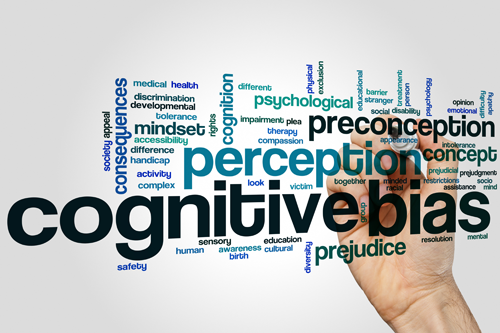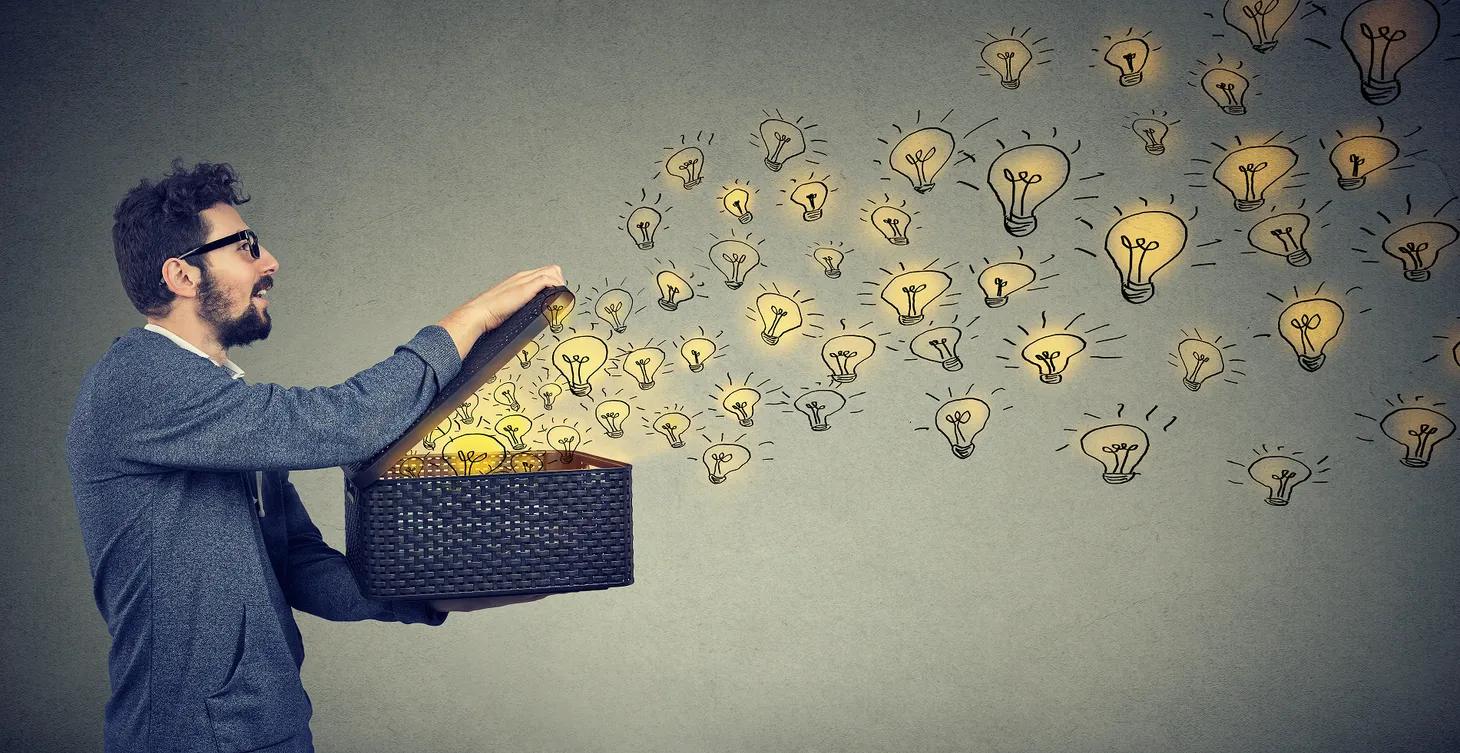How To Overcome Cognitive Bias And Habits ..
What tools do we humans use when faced with a problem to solve it? We might tap into experience, prevailing trends, our perceptions of what would be safest or easiest, and gut-level instincts, to name a few. These are what psychologists call having a cognitive bias—and while they’re excellent tools

What tools do we humans use when faced with a problem to solve it? We might tap into experience, prevailing trends, our perceptions of what would be safest or easiest, and gut-level instincts, to name a few. These are what psychologists call having a cognitive bias—and while they’re excellent tools in the right situations, biases often work against us with innovation.
Gut-level instincts are excellent tools in the right situations, but they often work against us with innovation.
Phil McKinney
A reader suggested I cover this topic, pointing out Wikipedia’s list of 150+ cognitive biases that we used to trick ourselves into thinking that our perception is reality. These cognitive biases are rooted in ancient human history when they served important purposes to help us survive. But we’re living in a different world now. And bias can be a big problem.
When cognitive biases are increased through poor management, it creates the type of groupthink that made the Bay of Pigs situation during the Kennedy administration such a disaster: everyone was so busy acting out preconceived notions of what they should do that no one took the time to question whether sending 1500 troops against the entire Cuban army was a good idea.
Whether bias is as extreme as the Bay of Pigs or just a manager’s preference for people from a similar background as her own, bias affects us all.
Where Do Biases Come From?
Biases come from evolutionary processes. For example, back when humans were first evolving, family units were the basis for survival. At that point, it made sense to have a subconscious preference for those inside your family and an aversion to that outside. It was basically a prerequisite for the survival of the species.
Another example: developing strong negative perception biases (negative events stay in people's memories better than positive ones) protects individuals and groups from harm, even still. A woman on a hike who steps over a rock and sees a rattlesnake will have a stronger and more immediate reaction than if she walked over the same rock and saw a beautiful flower. Not only will her flight response likely be immediate and overpowering, but she’ll also probably be warier of where she’s putting her feet for the rest of the hike. The same was true back in the Stone Age: it pays to remember bad experiences so you can avoid them in the future.
Trusting your own perceptions and experience gives you the capacity to respond to dangerous situations without having to engage in deeper thinking processes. The instinctual reaction that causes a business owner to make snap decisions without adequate information is based on the need to respond quickly to threats and opportunities presented to early humans.
Fear of the new and the outsider served good purposes in our ancient history, and can even now. Children, for instance, are served by their apprehension towards outsiders. For innovators, however, these biases can insulate them from taking calculated risks or from diversifying a team to strengthen it.
How Do Biases Work Against Us In Innovation?
Self-serving bias, pattern perception, belief bias, and risk aversion all protect individuals and organizations from harm. It’s completely reasonable for a company to shy away from an investment in an unproven product because of the perceived risk of loss. Or for a manager to turn down an employee’s idea because a similar idea failed in the past. But these gut-level reactions can keep us on a safe path…toward stagnation. Big risk, big reward—but most of us focus more on the risk than how it might benefit us in the long run.
We are often uncomfortable with radical change or assume that something that has “always” had a certain function can't have a different function. These biases against change are a fundamental part of how we operate: the laws of inertia in our subconscious.
Or we look to previous patterns of innovation to predict the future, which may cloud our ability to come up with something truly “new.” Our experience is almost always more important to the subconscious than new data, which creates problems with accurate analysis of markets or trends.
Or we have a certain idea about how we can solve a problem and ignore anything that suggests our idea is wrong, leading to product failure or an inferior product. Cognitive bias leans toward the assumption that powerful ideas, a leader's personality (herd mentality/groupthink), or previous plans as always right. This reduces the capacity of innovators to truly think through their plans and probable outcomes.
How Can We Combat Cognitive Bias?
It’s difficult. But there are ways to combat our own biases in innovation processes.
The systems we institute are more important than the actions we take, because biases happen in the subconscious, not on a rational level. Essentially, reviewing and combating our own biases as individuals is nearly impossible.
According to an article in strategy+business, the subconscious strength of biases is such that you cannot educate people around them—it’s like trying to get fish to notice the water. They suggest that proactive businesses and innovators plan systematically ahead of time.
Rather than expecting yourself, as an innovator, to identify areas of bias and change them, create systems where your bias is limited and horizons are changed. If looking at information, attempt to approach it clinically, as if someone else was asking you for help.
Institute systems that don't rely on individual perceptions to decide. Allow lots of time for important decisions to be examined fully. Bring in outsider opinions.
Plan on always taking extra time for big decisions so that your conscious mind will review your choices without the pressure that often prompts gut instincts to kick in. Get second opinions from people who are outside your core team. If you are hiring to fill a position, create a system where you won’t have any indication of candidates’ races or genders in their initial applications. You will obviously know in the interview, but the first few steps can be taken without the possibility of in-group bias.
Cognitive Bias
It’s a hard road: the fact is that biases are part of who we are. But as much as possible, we can systematically note our own normal reactions to things or the decisions we make and examine them (or enlist others to help us examine them) for bias.
These are just some ideas for planning systems to manage bias and improve innovation processes. Cognitive bias affects all of us, but we can learn to counteract its effects with the right systems in place.
For more information on creating a more innovative environment, consider engaging an innovation agency like Techtrend Group.
Phil McKinney Newsletter
Join the newsletter to receive the latest updates in your inbox.




